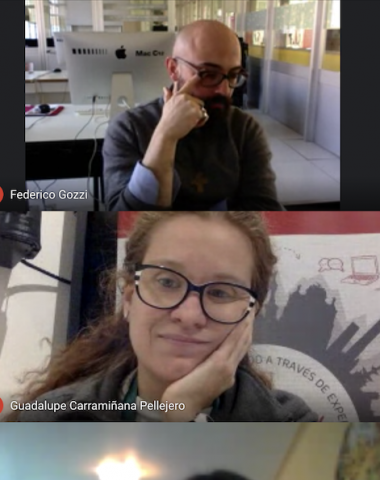Digital learning and teaching
There are many colleagues and teachers who are not making one leap but are making triple work instead – in the past few months. The teaching is moved online and student assessments are moving online, because of the virus, and in common with most countries now. At almost no notice, schools were obliged to make special arrangements for each student separately.
All colleges/schools already had experience in organising flexible learning arrangements, so the triple jump was not as extreme as it might have been. Many colleges/schools have integrated technology in curricula activities and arranged communication between schools and guardians through online platforms. They have been using virtual learning environments for providing learning materials, giving and collecting assignments, providing feedback and communicating with student groups. For example, in Belgium, the DigitalForYouth organisation has organised the collection of the laptops and their preparation for use by young people across the five Flemish provinces and Brussels. More than 13.000 laptops have been collected so far. And the pupils in schools Flanders and Dutch medium schools in Brussels to enable them to follow classes online
There is still a gap between theory and practice in the field of VET, in particular referring to the use and knowledge of technologies, not being distance teaching and learning a common methodology for teacher and students, so far. The lack of digital skills, it has emerged that not all students, teachers have access to equipment, connectivity and effective platforms.
Teachers have had to transition to distant learning and transform their methods and practices accordingly. This has generated additional efforts to support pupils especially in primary education and students with special needs with varying readiness to use online communication tools.
From student and parent perspectives, this situation might have become overwhelming, if they had been expected to use too many different and separate platforms or learning environments at the same time.
The teachers are sharing actively their expertise in pedagogy using their internal communication channels. And while taking advantage of the latest technological innovations, the teachers have encouraged each other to keep in mind that all the communication does not have to take place in the Internet – a telephone is a relevant channel which can be used effectively in reaching out with the students. New technology is good, but old technology is still valuable, too.






Add Review